After purchasing and reviewing the Xiaomi Dehumidifier 22L, it was only natural for us to try the Xiaomi Air Purifier 4 Lite.
Living in a very humid climate, we were dealing with mold that raised health concerns. For peace of mind, we decided to test the Xiaomi Air Purifier 4 Lite, and in this review, we’ll share what we discovered about its performance.
Why the need for an Air Purifier?

As digital nomads who move to a new city every few years, we’ve always considered ourselves minimalists, and buying an air purifier initially felt completely unnecessary.
However, after experiencing floods, typhoons, and persistent high humidity, we’ve had a change of heart. We now want our new space to be as healthy as possible, and that includes the quality of the air we breathe.
Sometimes you wake up with a headache and have no idea why. It could be due to poor sleep—or it could be toxins released by black mold spores. I believe that health is non negotiable because all the rest depends on it.
What is an Air Purifier in essence?
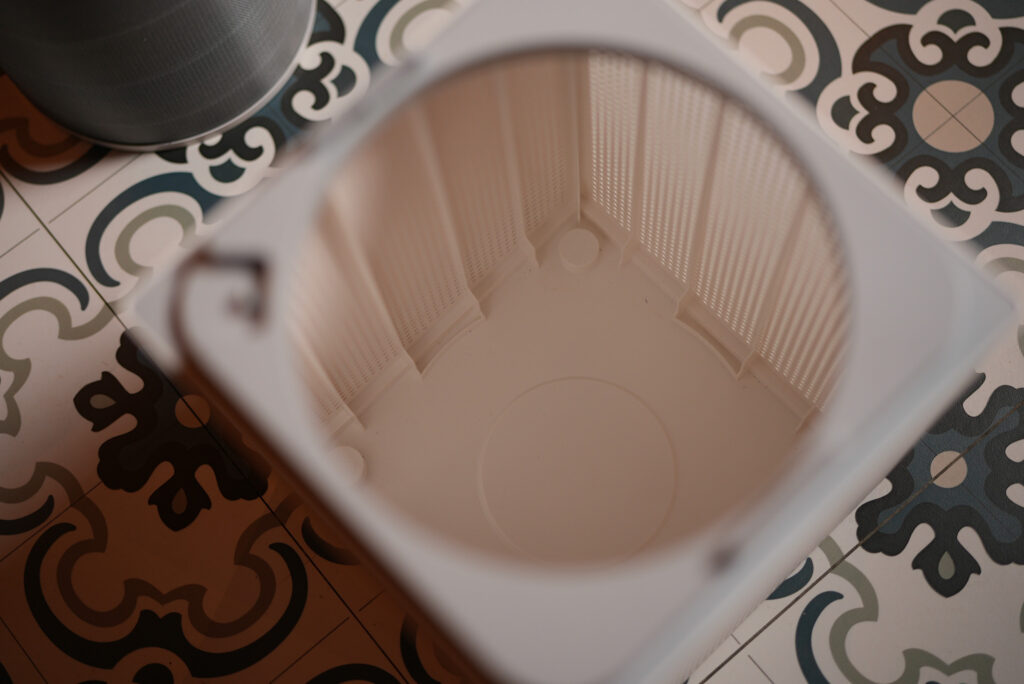
An air purifier is basically a fan that draws air through a filter and passes it clean on the other side. While the overall design is simple, the filter can have specialized features, such as HEPA for capturing fine particles or activated carbon for removing odors and chemical compounds.
An air purifier is basically a fan that draws air through a filter and passes it clean on the other side. While the overall design is simple, the filter can have specialized features, such as HEPA for capturing fine particles or activated carbon for removing odors and chemical compounds.
Every hospital, commercial, work places or even car ventilation use a form of filter to enhance the air quality in the habitacle or space. Sometimes, these filters are even built directly into a home’s or building’s ventilation system.
Our experience with the Xiaomi Air Purifier 4 Lite
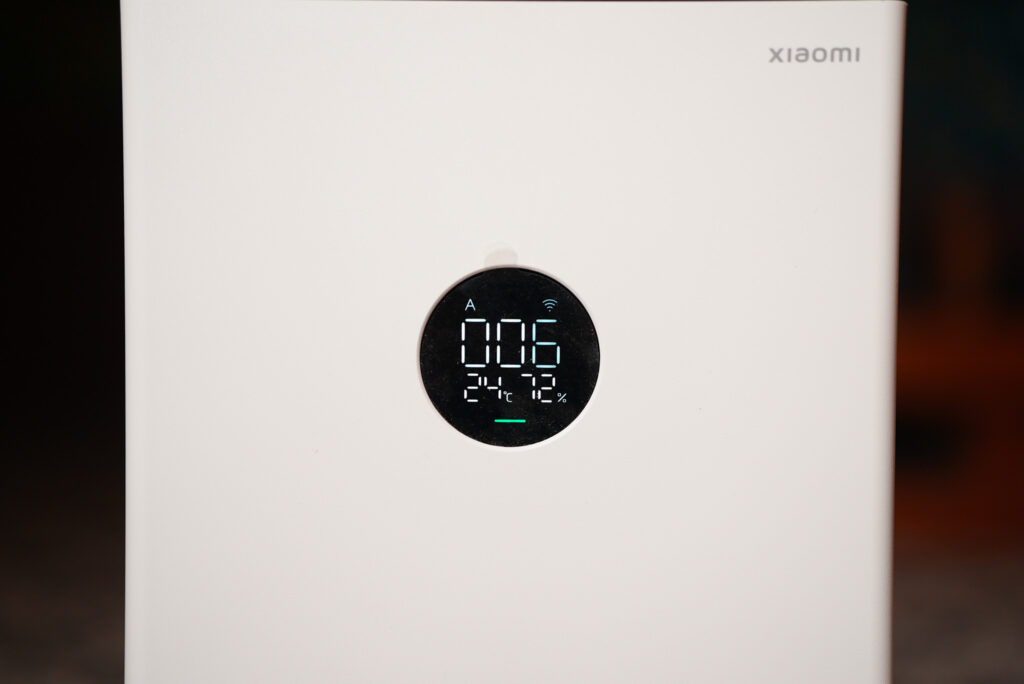
Our experience with air purifiers is quite limited, as we’ve never really had any noticeable issues with air quality, whether in Paris or Hanoi.
Of course, there might be pollution, but physically speaking, we didn’t experience any symptoms. For us air wasn’t as important as water for example.
In a way, we were right—but also wrong—especially after experiencing a prolonged humid climate that can lead to the growth of black mold.
You might think it needs to run constantly, but in our experience, running it a few times a day to clean the air in a room works quickly and doesn’t require continuous operation. Using an air purifier is a bit like using a kitchen hood.
How is the air quality measured?

Air quality is measured by the concentration of particles in the air, including fine particles as small as PM2.5 using a sensor technology inside the machine.
What it does not measure:
- It does not measure CO₂ (carbon dioxide).
- There’s no built-in VOC sensor for all volatile organic compounds, although it filters some via its activated carbon.
- It doesn’t provide very detailed chemical speciation — it’s more focused on particles + general pollution + odors.
Does it really work as intended?
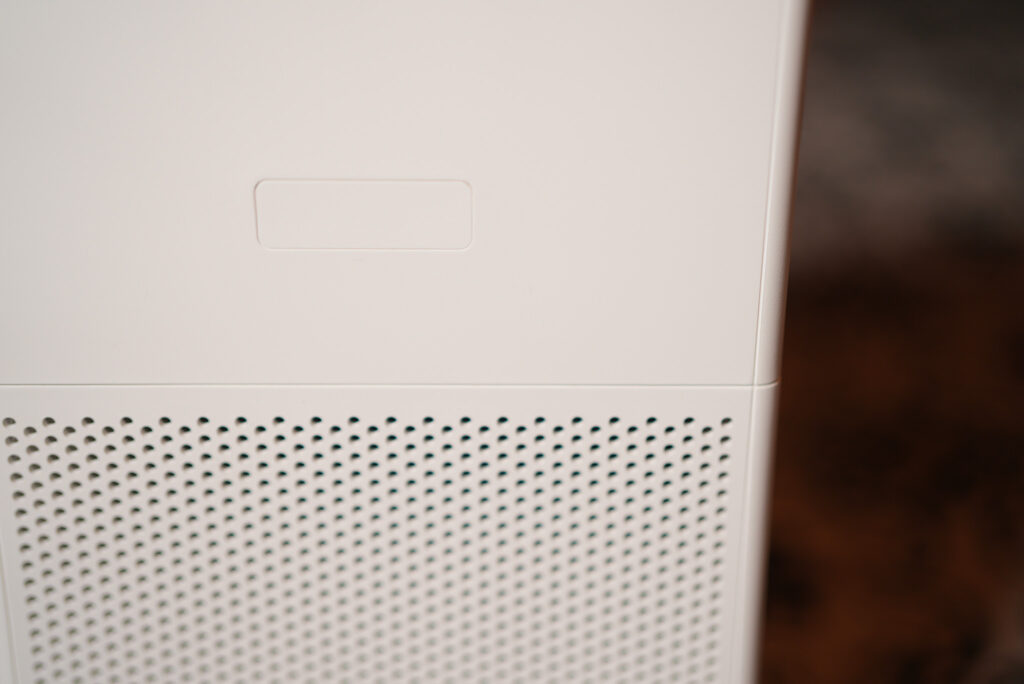
Yes and no would be the most honest answer.
Why this type of air purifier is useful
- Particle Removal (PM2.5)
- These purifiers can capture very fine particles — dust, pollen, smoke, fine particulate pollution.
- In places with poor outdoor air quality or a lot of indoor dust, that’s a real health benefit.
- Reducing Allergens
- For people with allergies (dust mites, pollen, pet dander), removing particles improves symptoms.
- Cleaner air helps reduce sneezing, congestion, and respiratory irritation.
- Odor and Chemical Filtering
- Models with activated carbon filters can reduce smells (cooking, smoke) and absorb some volatile organic compounds (VOCs).
- Not all purifiers remove all VOCs, but many do a decent job on common household odors.
- Protection Against Humidity-Related Risks
- In a damp climate (like where mold is an issue), purifiers help by circulating air and reducing air stagnation.
- While they don’t replace a dehumidifier, they work well in tandem to improve overall indoor air quality.
- Better Sleep & Well‑Being
- Cleaner air can mean fewer airborne irritants while sleeping → better sleep quality.
- Might reduce risk of respiratory issues over long term in polluted or humid areas.
Limitations : When It’s Less Useful or Overhyped
- It won’t remove CO₂
- Most of these filters do not measure or reduce carbon dioxide; that’s a different problem (ventilation or CO₂ scrubbers are required).
- So if poor air quality is due to high CO₂, a purifier alone won’t fix that.
- Limited Effect on Large Spaces
- If the room is very large, a small air purifier may not be enough to clean all the air effectively.
- You might need multiple units or a high-capacity model.
- Maintenance Cost
- Filters need to be replaced periodically (HEPA, carbon) — this costs money.
- If you don’t replace the filters, the purifier becomes less effective or even counterproductive.
- Power Consumption
- Running an air purifier continuously uses electricity.
- It’s more efficient in short bursts or when air quality is poor — but if left on 24/7, energy cost matters.
- Can’t Fix Structural Problems
- Purifiers don’t address the root causes of poor air quality: leaks, mold in walls, dampness, or poor insulation.
- Without fixing those, you’re only treating symptoms, not the problem itself.
What’s the real purpose of an Air Purifier?
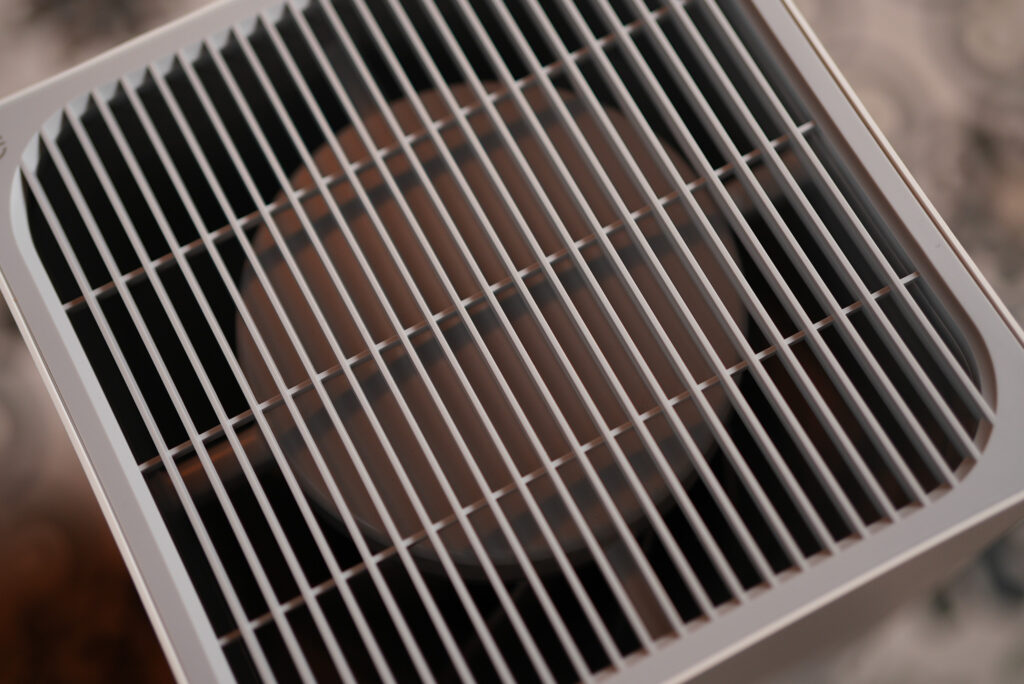
For us, the main goal is to eliminate potential mold spores, mycotoxins, and other airborne irritants, improving indoor air quality and lowering the risk of respiratory problems or allergic reactions.
If your space is well-ventilated and free of mold, an air purifier isn’t really a must-have.
Buying one only makes sense if you suspect the air may pose a health risk—for example, in a poorly ventilated room where mold has been removed but spores may still linger.
We have to say that ever since we bought both devices, we haven’t experienced any of those headache symptoms, so overall, it was a worthwhile purchase for us.
The pros and cons of the Xiaomi Air Purifier 4 Lite
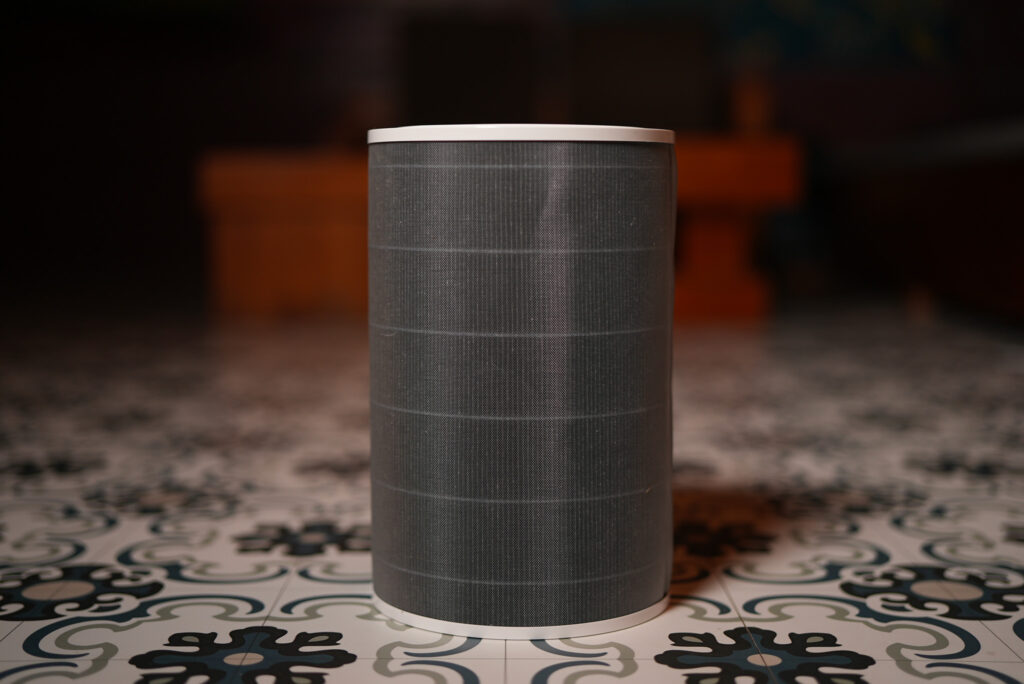
Pros
- Easy to use
- Replaceable and durable filter
- Remote control
- Laser particles sensor
- Sleek design
Cons
- No wheels
- No handles
- Can’t be used as a traditional fan
- Not the most powerful fan
- Costly filter (almost 1/3 of the machine)
Verdict
7.5 out of 10.
In our opinion, the Xiaomi Air Purifier 4 Lite is a straightforward device, but it’s not for everyone. It’s really designed for people dealing with mold problems or other airborne irritants.
Could we live without it? Sure—we could rely on fans and frequent ventilation. But does it serve a purpose for us? Absolutely. It helped make a previously inhospitable room safe and comfortable again.
We don’t need to worry about air pollution in our home, and we haven’t experienced any symptoms like headaches, so for us, the device is worth the price although its quite hard to know if the product is effective or not.
Informations
Xiaomi Air Purifier 4 Lite
Official website : https://www.mi.com
Official product page: https://www.mi.com/fr/product/xiaomi-smart-air-purifier-4-lite


GIPHY App Key not set. Please check settings